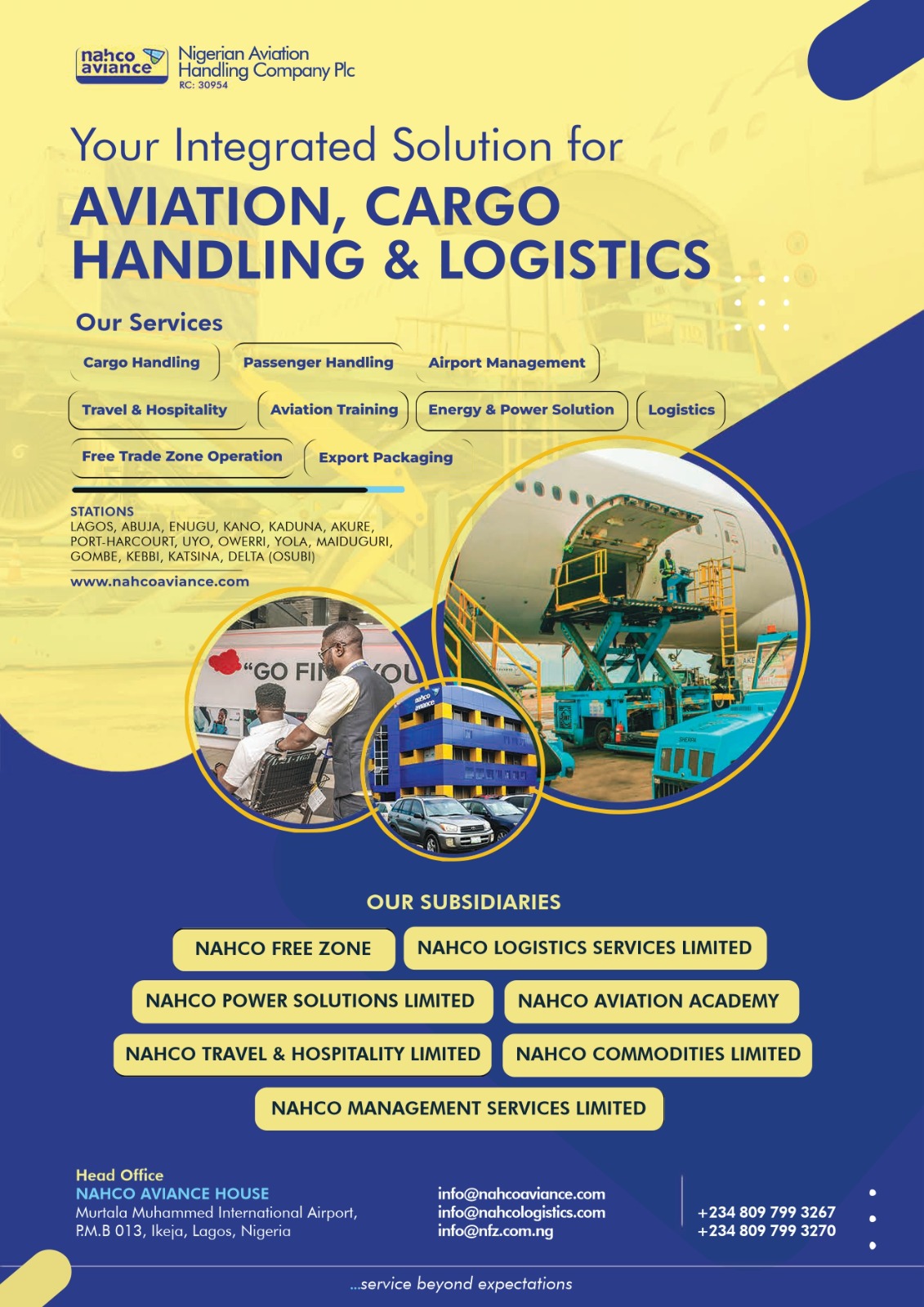The Lekki Deep Seaport, valued at over, $1.5 billion, is targeting a throughput of 500,000 Twenty-foot Equivalent Units (TEUs) by the end of 2025—up from 287,000 TEUs handled in 2024.
Positioned to elevate Nigeria to a hub for West and Central Africa, with expanded international transshipment operations to key regional destinations including Togo, Benin Republic, Ghana, and Abidjan, the port has gained momentum in recent times.
Deputy Chief Operating Officer of the Port, Mr. Daniel Odibe, disclosed the projected target yesterday during a tour of the port.
Odib however revealed that out of the installed capacity of 1.2 million TEUs, “we are currently handling just about 20 percent.”
He noted that the shortfall was due to the prevailing macroeconomic challenges, particularly the removal of fuel subsidies and the depreciation of the Naira that they have started to witness signs of recovery, revealing that the port processed 222,000 TEUs in the first half of 2025 alone.
According to him, “Cargo volumes are gradually picking up. The naira is stabilizing, and transshipment to landlocked and neighboring countries has increased.”
Responding to questions, Odibe revealed that Lekki Port now receives between 10 to 12 vessels monthly, with a marked improvement in transshipment operations across the region.
“Our international transshipment footprint now includes Togo, Benin Republic, Ghana, and Abidjan. Operational efficiency is also improving, with vessel turnaround time averaging 48 hours, truck turnaround time at one hour and 25 minutes, and cargo dwell time at 16 days “ he said.
Meanwhile, the Managing Director of Lekki Port, Mr. Wang Qiang, who was represented by the Chief Operating Officer, Mr. Young Qiang, said the port would not waiver on its commitment to global standards.
According to him, “We continue to raise the bar, setting new benchmarks as West Africa’s deepest seaport. The results of our commitment to excellence are visible in the transformative impact we are making on maritime trade in Africa. We are leveraging technology and operational efficiency to drive regional integration and shape the future of trade.”













